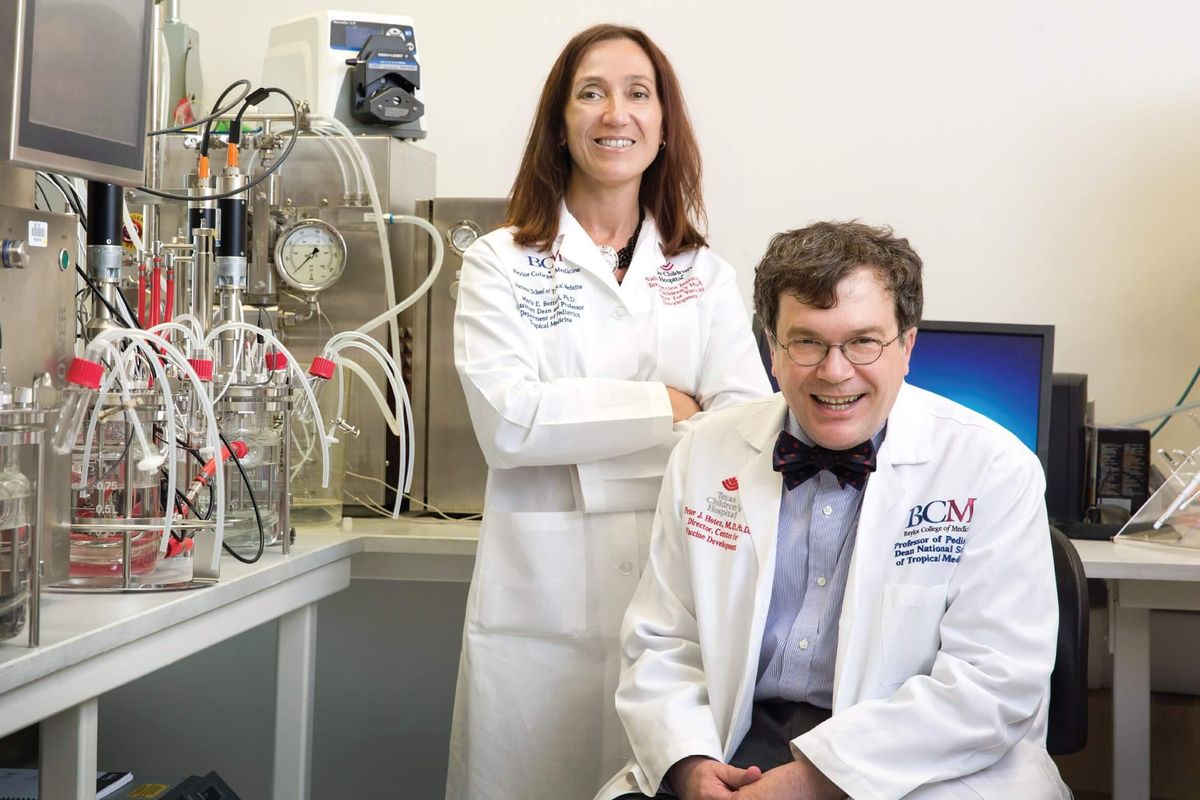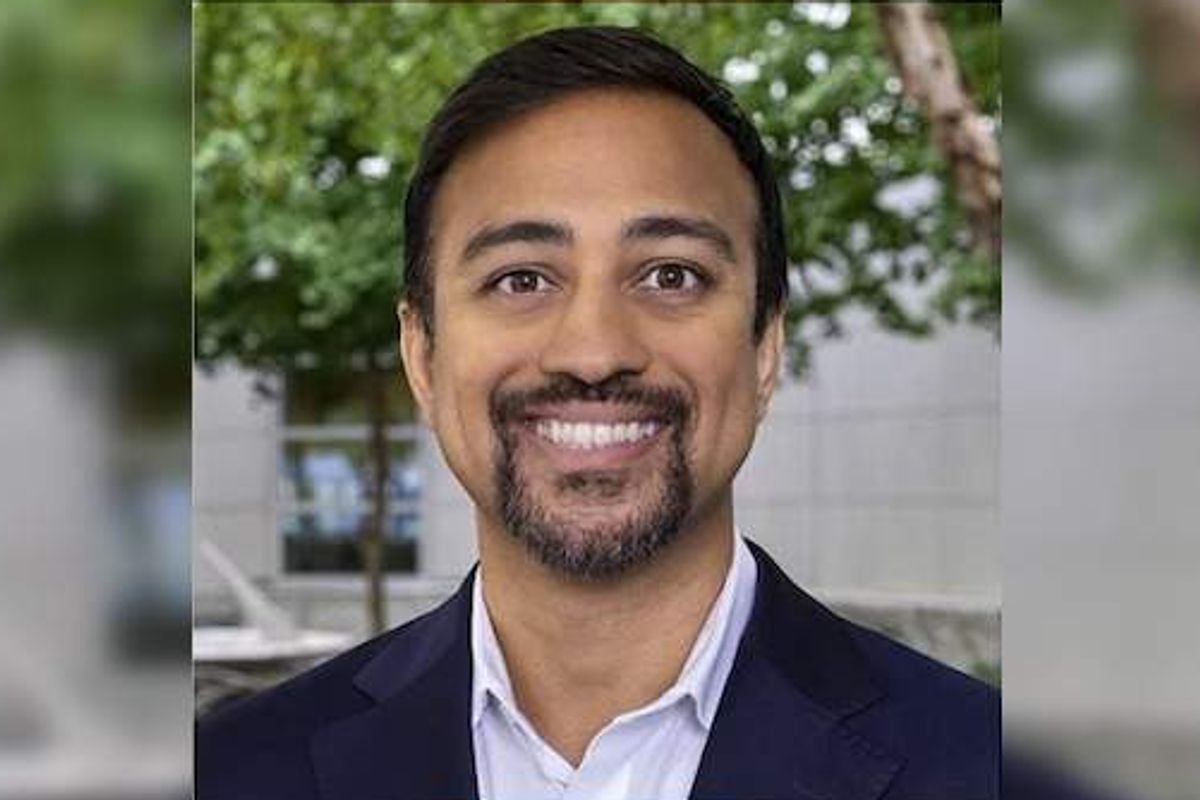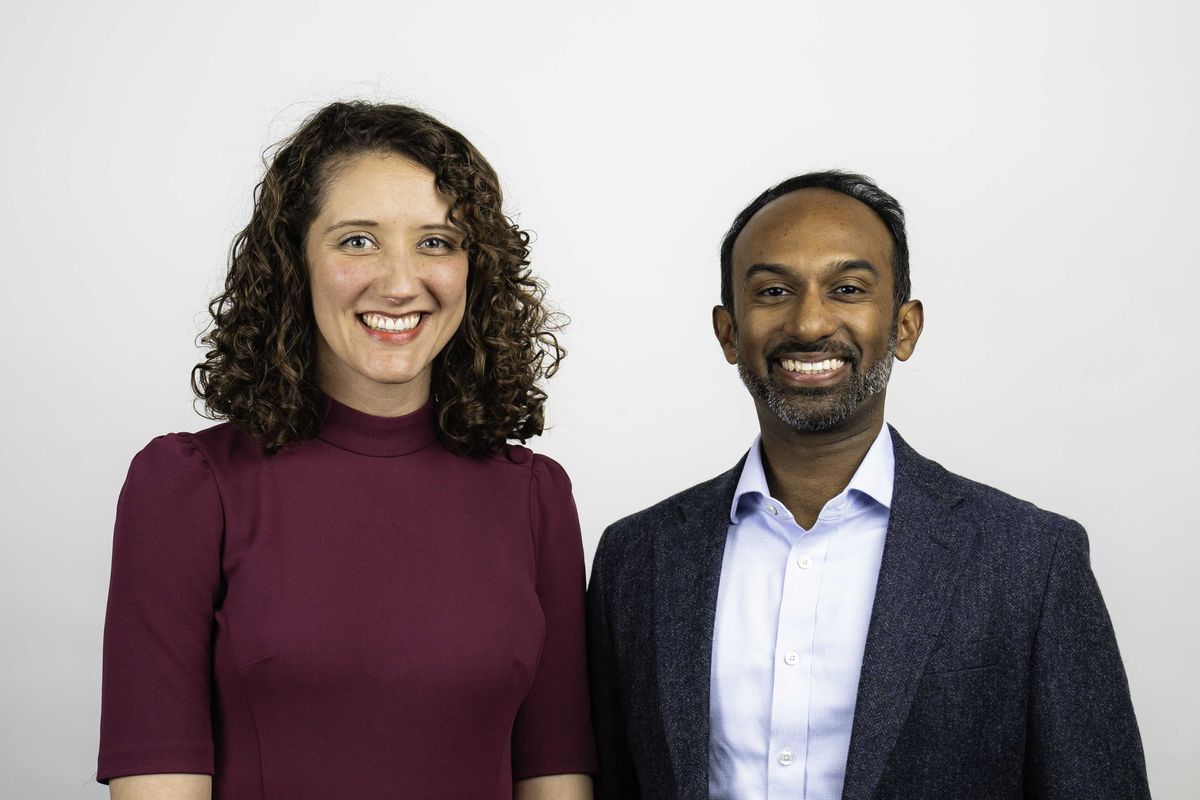Houston university goes global with Parisian outpost announcement
Rice U in France
Rice University owls are flapping their wings across the Atlantic Ocean in order to open some doors to global education and research opportunities in Europe.
The university announced in a press release that the Rice University Paris Center is holding its ceremonial launch on Wednesday, June 29. The new facility will be housed in a historic 16th-century building in Paris and will be home to Rice-organized student programs, independent researchers, and international conferences, as well as a satellite and hub for other European research activity.
“The ambitions of our university and the needs of the future leaders we are educating require global engagement and perspective,” says outgoing Rice President David Leebron in the release. “The opening of this dedicated overseas facility represents the next step in the long-standing plan we have been pursuing to internationalize Rice and the Rice experience in every dimension.
"This has included welcoming more international students to our campus in Houston, fostering international travel and programs by our students and faculty, and building strong relationships with the best universities across the globe," he continues. "The Paris location offers an incredible range of opportunities, in fields ranging from art and architecture to international business and global relations and politics.”
The Rice University Paris Center will be located in Le Marais in the Hotel de La Faye, a 1500s hôtel particulier that was listed as a historic monument in 1966.
Caroline Levander, currently Rice’s vice president for global and digital strategy, was key in making the new center a reality and will oversee the Rice University Paris Center in her new role as vice president global.
“For our purposes, this building is an ideal educational space conveniently situated in one of the most historically significant areas of Paris,” Levander says in the release. “It looks and feels like a private university campus in the heart of a European capital city, and it reflects how Rice plans to expand its international impact in the coming years.”
Sylvester Turner and a delegation of civic and business leaders from the Greater Houston Partnership will attend the announcement in Paris this week. Per the release, the center, which will have six classroom spaces of various sizes that can accommodate around 125 students, is expected to be ready in January.
“Rice University’s mission statement commits us not only to pathbreaking research and unsurpassed teaching, but also to the betterment of our world,” says Provost Reginald DesRoches, who will transition to Rice’s president in July, in the release. “We’re eager to extend that mission internationally, and the opening of the Rice University Paris Center demonstrates that commitment.”























